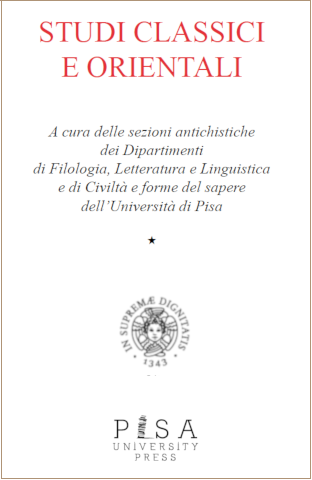Three couples of Vedic compounds
Abstract
Three couples of Vedic compoundsThe paper discusses three couples of compounds occurring in the R̥gVeda and made of the same verbal root as a second member, and the samenominal element, either inflected or not, as a first member. The analysisallows an interesting conclusion. When added to the nominal first memberof one of the two compounds in each of the couples here at issue,the case ending may be tentatively assumed to determine the meaning ofthe compound itself in proportion to both the space-time-variables andthe different circumstances in which the content conveyed by the linesof verse is to be considered. Instead, the absence of the case mark inthe first member of the compounds entering into the three couples at issueexcludes any further nuances of meaning of the type conveyed bythe compounds with the first member inflected. The compounds withthe first member non-inflected referred to an absolute quality that couldnot be related to situations different each time but proved fully effectiveindependently of time anyhow, and had therefore to be contemplated irrespective of these situations themselves. In other words, when formedwith the first member non-inflected, the compounds of the three coupleshere examined served the purpose of identifying the referent.It is worth noting that the difference between the three couples of compounds taken into consideration receives independent confirmationfrom other aspects of the Vedic language explored in unrelated research.
Fascicolo
Sezione
Articoli


